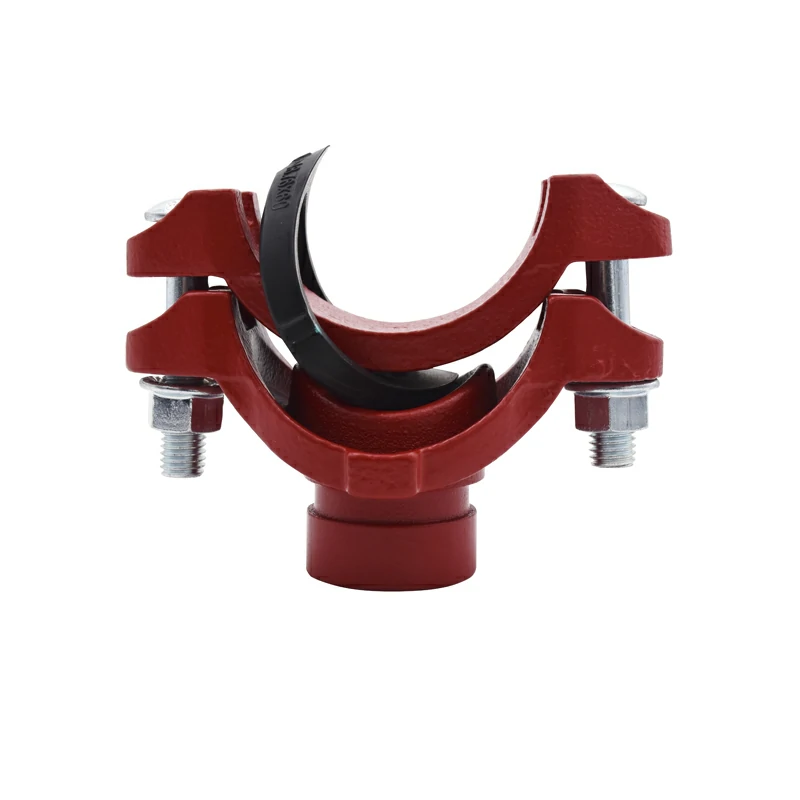Inspecting Victaulic mechanical tees for signs of damage or wear is important to ensure the integrity and reliability of the piping system.
Here’s how you can inspect Victaulic mechanical tees:
- Visual inspection: Start by visually inspecting the entire surface of the Victaulic mechanical tee. Look for any signs of damage, such as cracks, dents, scratches, or corrosion. Pay close attention to areas where stress concentrations may occur, such as near bolt holes or welds.
- Check for leaks: Inspect the connections of the Victaulic mechanical tee for any signs of leaks, such as water droplets or moisture around the gasket or seal. Leaks can indicate damage or improper installation and should be addressed promptly to prevent further issues.
- Inspect gaskets or seals: Check the condition of the gaskets or seals used in the Victaulic mechanical tee. Look for signs of wear, deterioration, or damage, such as tears, cuts, or compression set. Replace any damaged or worn gaskets or seals to ensure a proper seal and prevent leaks.
- Verify alignment: Ensure that the Victaulic mechanical tee is properly aligned with the piping system and adjacent components. Misalignment can lead to stress concentrations, leaks, and premature wear. Use a straightedge or level to check for proper alignment and make any adjustments as necessary.
- Check bolt tightness: Inspect the bolts or fasteners used to secure the Victaulic mechanical tee to the piping system. Verify that the bolts are properly tightened to the manufacturer’s recommended torque specifications.victaulic mech tee Loose bolts can cause leaks and compromise the integrity of the connection.
- Look for signs of galvanic corrosion: If the Victaulic mechanical tee is installed in a mixed-metal piping system, such as one with galvanized and stainless steel components, check for signs of galvanic corrosion. Look for discoloration, pitting, or other signs of corrosion at the interface between different metals.
- Inspect for structural integrity: Check the structural integrity of the Victaulic mechanical tee, including the body, branches, and welds (if applicable). Look for any signs of deformation, distortion, or damage that may compromise the strength and reliability of the tee.
- Refer to manufacturer guidelines: Consult the manufacturer’s guidelines, recommendations, and maintenance instructions for specific guidance on inspecting Victaulic mechanical tees. Follow any recommended inspection intervals and procedures to ensure proper maintenance and performance.
By performing regular inspections of Victaulic mechanical tees and addressing any signs of damage or wear promptly, you can help maintain the integrity and reliability of the piping system and prevent costly repairs or downtime.
